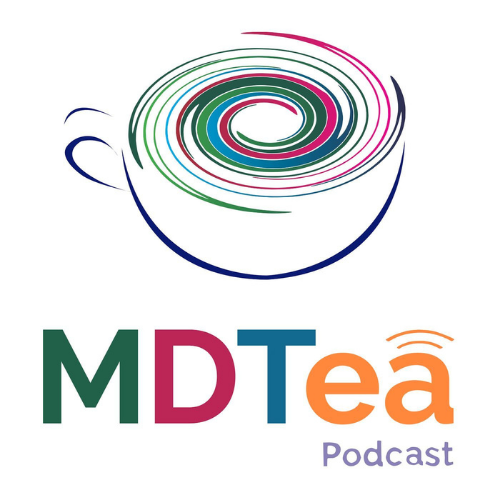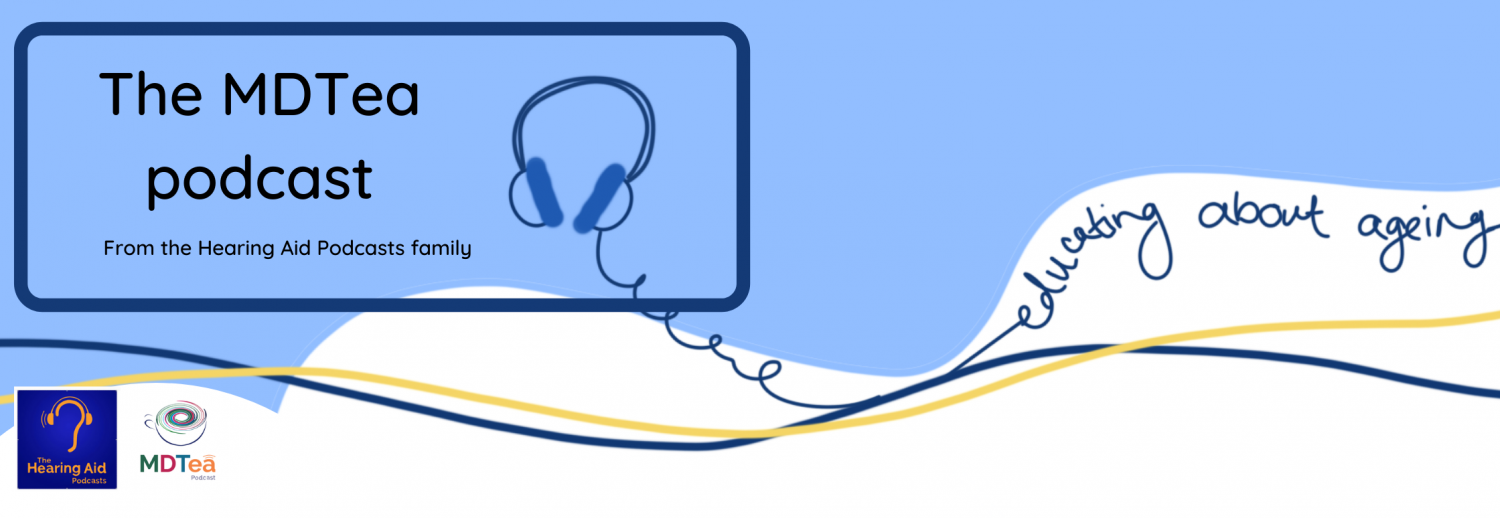11.10 A Day in the Life of a Social Worker

Presented by: Iain Wilkinson, Stephen Collins, Georgie Gill
Guest Faculty: Catherine Wilcox, Lucy Evans, Zachary Birchley and Eduardo Talon Diaz
Broadcast Date: 17 May 2022
Recording Date: 12 May 2022
1) Social workers are not involved with all discharges, but involved with large numbers of older adults discharge journeys.
2) Social workers work in a whole variety of teams, some are embedded in stroke and trauma services, whilst others are attached or aligned.
3) Social workers also have statutory safeguarding responsibilities, overseeing the process.
4) Social workers describe their roles as advising, advocating and assessing
5) Social workers are the bridge or navigator between community and hospital that help navigate the transition for some patient journeys.
Social Media:
Iain:
It was International Nurses day on the day we recorded. On the anniversary of Florence Nightingales birth, its a day for us to consider the vital role nurses play in our MDT!
Thanks Nurses!
Stephen:
Stephen spoke about an article looking at the impact of noise pollution in hospital. Consider how much noise there is where you work, does this impact your patients recover?
High noise in ward areas can impact patient sleep and recovery which can impact times to discharge and mood.
Georgie:
We recently collaborated with General Broadcast a pre-hospital podcast. We together discussed the importance of identifying frailty early in the patient journey and how we can support older patients regardless of whether they require hospital attendance or not.

Learning outcomes:
Knowledge:
- To understand how social workers contribute to a patients journey
Skills:
- To understand the Discharge to Assess model of discharge and care assessment so as to explain it to patients you work with
- Understand when Discharge to assess might not be the appropriate discharge model
Attitudes:
- To understand the factors that might aid social workers roles and support discharges.
It is important to acknowledge that the world of hospital discharge and social work is quite complicated and jargon filled with variation between local authorities. The social workers we’ve spoken too are from just two local authorities and adjoining places- let alone further afield!
For more local information to you, we suggest starting with the appropriate local authority website or this NHS Adult social care search.
For advice about service access across the UK charities such as Age Uk, Silver line and Independence UK may be useful. This Website has a helpful list of nationwide charities.
Post publishing note:
We are aware that shortly after this episode was released the national COVID discharge to assess funding was cut and the predominant process discussed in this episode was stopped. None the less, some local authorities have kept the principles of D2A in locally funded formats whilst others have changed. Regardless the principles discusses that underpin social work as a whole will still be useful and relevant to you!
Our social workers all spoke about the high numbers of older people they support. Not everyone leaving hospital needs input from a social worker, but given more older people need care and increased support following a hospital admission there is an increased proportion of older adults in the social workers workload.
Eduardo estimated high numbers of patients whom lack capacity to make decisions about their care at discharge fro hospital. Whilst we haven’t been able to find any research to tell us how many people lack capacity its important to consider.
Lucy explained how social workers approach best interests decision making might be slightly different to the approach taken my medical teams.
She reminds us that best interest decisions should also be the least restrictive option and sometimes social workers have to balance the safest option and least restrictive options as well as considering the persons expressed wishes.
Social workers also have statutory safeguarding responsibilities, and whilst they might not always be the ones directly investigating a concern raise, they do oversee the process and hold responsibilities.
You can have a listen to our episode where we discuss deprivation of liberty safeguards (5.07 DOLS) here.
Catherine and Lucy explained how the Discharge to Assess Model (D2A) works.
D2A works on the premise that:
‘Every effort should be made to follow Home First principles, allowing people to recover, reable, rehabilitate and die in their own home’
The majority of social workers clients will be Pathway 1, 2 or 3 patients.
Pathway 1 are those who have a new, restarted or increased package of care.
Pathway 2 are those requiring re-ablement or rehabilitation services.
Pathway 3 is those who require bed-based 24 hour care in a residential or nursing setting.
We spoke about how different members of hospital teams should have an awareness of the different discharge options that may be suitable for a patient to ensure we are setting appropriate expectations for their onward journey.
Remember there are a few different models of social workers place within team. We spoke to Lucy who is an embedded social worker within a specialist stroke services MDT.
Other social workers may be adjacent or alongside services not attached to wards or patient groups instead serving a wide patient cohort. This can sometimes be difficult especially if a patient is in a hospital outside their local authority as we heard from Catherine and Lucy.
We asked the social workers to try to describe their role ins 2-3 short sentences:
Catherine: Social workers work with people to kind of assess what their needs are, to look at avenues of support, to sort of help them to reach their outcomes and their goals. A large part of our role is also assessing risk and we advise, we advocate- the three A’s advise, advocate, assess.
Lucy: I’d say that I’m a hospital social worker and that I work with people and their families to maximise and source appropriate ongoing care when they leave the Hospital.
Eduardo: My job is to support you and those around you, but mainly you as a client, to not only put care in place, the care in place could be a package of care or placement, but also to ensure that if you experience any abuse, then we can work with you in order to try to eradicate that or decrease that.
Jeans journey
The therapy teams assessing patients in the ward may set recommendations for Jean. They might decide she doesn’t need to go to rehab or a local community hospital. They might however think Jean might need an increase in care, and new care package at home.
But given Jean is medically fit., They might pass a referral via discharge coordinator to social worker to arrange a D2A pathway referral. A social worker like Catherine or Eduardo might arrange funding and work with local systems to arrange a bed in a local care home.
Jean might go to a local care home for a few weeks, where another social worker like Zac who may or may not be the named worker for the home she is in, might come and reassess and have conversations about her longer term care needs, and help Jean and her family to understand how care is provided, decided and funded.

NHS Key Skills Framework
Core:
Communicate with a range of people on a range of matters
Contribute to own personal development
Maintain the quality of own work
Health and Wellbeing:
Enable people to meet ongoing health and wellbeing needs.
Plan , deliver and evaluate care to meet peoples health and wellbeing needs
Foundation Y1
Section 2.6 Interface with HCPs
Section 2.7 Interaction with Colleagues
Section 4:20 Healthcare resource management
Describes the structure and importance of the wider healthcare team
Works effectively within the healthcare team for the benefit of patient care
Makes clear, concise and timely written and oral referrals to other healthcare professionals
within the hospital
Acts as a member of the multidisciplinary professional team by supporting, respecting and
being receptive to the views of other healthcare professionals
Works effectively with others towards a common goal e.g. accepts instructions and allocation
of tasks from seniors at handovers and multidisciplinary team meetings
Demonstrates understanding of the organisational structure of the NHS and independent
sector and their role in the wider health and social care landscape
Describes hospital and departmental management structure
Foundation Y2
Section 2.6 Interface with other healthcare professionals
Section 2.7 Interaction with Colleagues
Demonstrates ability to make referrals across boundaries / through networks of care
(primary, secondary, tertiary)
Demonstrates initiative e.g. by recognising work pressures on others, providing support and
organising / allocating work to optimise effectiveness within the clinical team
GP training Curriculum
Clinical Management:
Contribute to an organisational and professional approach that facilitates continuity of care
(e.g. through adequate record keeping and building long term patient relationships)
Organise follow up of your patients after referral through multiprofessional, team bases and
structured approaches including monitoring, reviewing and regular care planning.
Managing complex and long term care
Demonstrate the ability to effectively ‘navigate’ patients with multiple problems along and
between care pathways, enabling them to access appropriate team members and services
in a timely and cost-effective manner.
Working with colleagues and in teams
Enhance working relationships by demonstrating understanding, giving effective feedback
and maintaining trust.
Appropriately seek advice from other professionals and team members according to their
roles and expertise.
Working well in organisations and systems of care
Show commitment to a process of continuing professional development through critical
reflection and addressing of learning needs.
Organisation, management and leadership
Recognise the importance of distributed leadership within health organisations, which
places responsibility on every team member and values the contribution of the whole team
Community orientation
Describe the current structure of your local healthcare system, including various role,
responsibilities and organisations within it, applying this understanding to improve the quality
and safety of care you provide.
Core medical training curriculum
Managing long term conditions and promoting patient self care:
Define the role of rehabilitation services and the multi-disciplinary team to facilitate long-term
care
Recognise importance of multi-disciplinary assessment
Contribute to effective multi-disciplinary discharge planning
Internal medicine training curriculum
Communicates effectively with clinical and other professional colleagues
Applies management and team working skills appropriately, including influencing,
negotiating, re- assessing priorities and effectively managing complex, dynamic situations
Geriatrics and higher specialty training curriculum
Define the role of rehabilitation services and the multi-disciplinary team to facilitate long-term
care
Roles and expertise of different members of interdisciplinary team
Physical therapies which improve muscle strength and function
Therapeutic techniques/training to improve balance and gait
Aids and appliances which reduce disability.
Understand the structure, roles and responsibilities of the multi-disciplinary team including
the importance of outside agencies, and the way in which individual behaviours can impact
on a group
Role of the geriatrician and the multidisciplinary team in discharge planning
